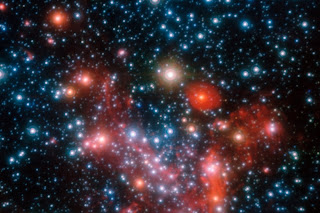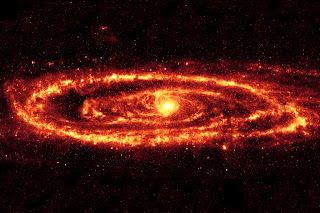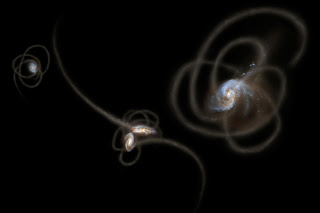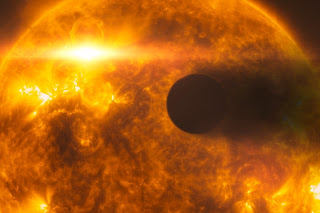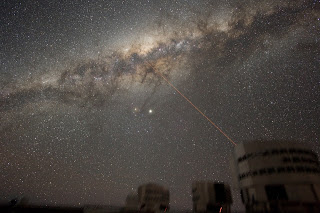"A northern Indiana hospital has fired eight employees who refused to get flu shots the hospital says are needed to protect patients from the potentially deadly illness." [Associated Press]
The problem I find is a lack of a high success rate in regards to a potential health threat. If chances were nearly 100% that one would contract and fall victim to a particular illness or virus, and there were a precautionary measure which were equally effective at combating that threat, then the market would support that solution. Only when we have a government which intervenes in markets and individual choice do we see situations such as the influenza shot forced upon a population people will seek solutions proven effective when given the freedom to do so. We also need the freedom to make bad choices so that we can learn from them...
How well do inactivated influenza vaccines work in randomized control trials?
As vaccine efficacy from a randomized clinical trial is the gold standard for how well a vaccine actually works, vaccine effectiveness estimates obtained from observational studies can equal, but not exceed, estimates of efficacy. Many factors that can result in substantial bias in effectiveness studies tend to bias the vaccine effect downwards.
How well do influenza vaccines work during seasons in which the vaccine strains are not well matched to circulating influenza viruses?
When vaccine strains are not well matched with circulating influenza viruses, the benefits of vaccination may be reduced. It is not possible to predict how well the vaccine and circulating strains will be matched in advance of the influenza season, and how this match may affect vaccine effectiveness.













